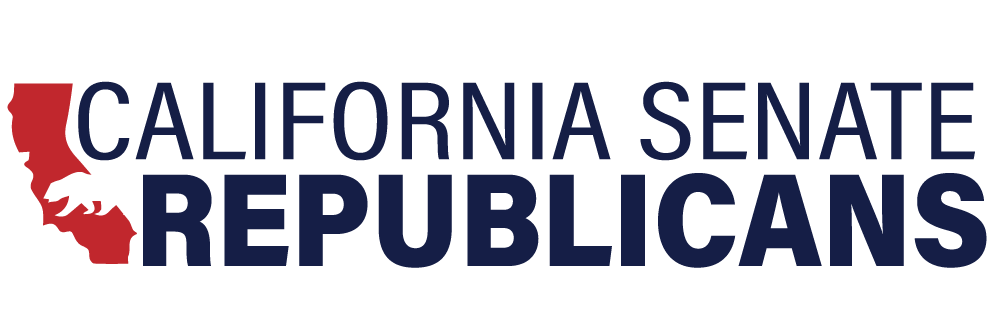Inmate activists say that with COVID-19, prison is a danger to inmates. But isn’t the early release of thousands of convicted felons a danger to our community?
| Population* | Persons Testing Positive** | Reported Infection Rate | |
| All institutions | 114,167 | 4 | 0.0035% |
| LAC (LA County) | 3,219 | 3 | 0.0932% |
| CIM (SB County) | 3,509 | 1 | 0.0285% |
| California | 39,959,095 | 7,426 | 0.0186% |
| LA County | 10,260,237 | 2,505 | 0.0244% |
| San Bernardino County | 2,197,650 | 111 | 0.0051% |
|
*CDCR populations from 3/25/2020 weekly population report. State and county populations from DOF December 2019 population estimates |
|||
|
**Confirmed CDCR COVID-19 cases from CDCR's coronavirus preparedness web page, updated 3/30/2020. Confirmed statewide and countywide cases from The Weather Channel app, as of 3/31/2020 at 9:00 AM, PDT, which pulls from various federal, state, local and third party sources. |
|||
As you can see, institution-wide CDCR’s inmate populations compare pretty favorably with the statewide numbers. Inmates are less than 1/5 as likely to contract COVID-19, so far. If you’re an inmate in any institution other than LAC or CIM, your infection rate is close to zero!
These numbers and the risks could all change, but there appears to be no empirical evidence to date suggesting that inmates are any more at risk in prison than they would be in the community. In fact, it could be argued that since CDCR has total control of its population’s movements, it is in a better position to control the spread of the disease than is the community at large.
Before Governor Gavin Newsom starts opening the prison gates there are some serious questions to address:
- Is the order just for CDCR? Is the governor considering something similar for inmates in local jails?
- Does “non-violent” apply to a current offense only or does it include priors?
- How will releases be prioritized? By time remaining on a sentence? Health? Age? Facility?
- If you release an inmate, where will they go? What housing are you using, or are you only releasing inmates that have a place to go?
- Recent news reports indicate that shelter-in-place orders may be contributing to an increase in domestic violence incidents. What will the Governor’s release plan do to ensure that abusers don’t end up back in the same home with their victims?
- If you release inmates who are old or infirm, how will they receive medical care? Hospital capacity is of very serious concern currently; adding to it will further exacerbate those concerns and endanger more people.
- Will the inmates be supervised by CDCR or county probation? How will this work in terms of caseloads, who pays, and what supervision will be provided given shelter-in-place orders?
- Will local law enforcement be notified—in advance—when and where released inmates are to be placed? If yes, with how much advance notice?
- Given that courts are limited/closed, how will we deal with parole revocations/renewed criminal activity?
- What is the estimated number of releases? Will that bring prison populations to a level that allows for “social distancing”? Highly unlikely, so what’s the justification for releases?
- Given that the infection rate in state prisons to date is less than one-fifth the infection rate of the statewide population of non-incarcerated individuals, why are we considering releasing inmates at all? It appears they would be at greater risk in the community.
- To the extent that the governor decides to release convicted felons early, will they be monitored electronically? If not, why not?
- Should the plaintiffs prevail in their motion for early release, does the administration plan to appeal? If not, why not?
- Simply releasing convicted felons early does not appear to address a significant portion of the plaintiffs’ concern, which is that certain vulnerable inmate subpopulations are at greater risk of contracting COVID-19.
- The plaintiffs specifically requested the court to order CDCR “to reduce the population in crowded congregate living spaces to a level that will permit social distancing and protect the medically vulnerable by releasing or relocating class members who are at especially high risk of severe illness from COVID-19.” (Emphasis added.) While releasing convicted felons would reduce overcrowding, plaintiffs have specifically requested the release of inmates from classes of vulnerable populations. Wouldn’t the administration’s proposed action risk releasing potentially thousands of inmates early only to face further action from plaintiffs to release individuals within the identified vulnerable populations?
